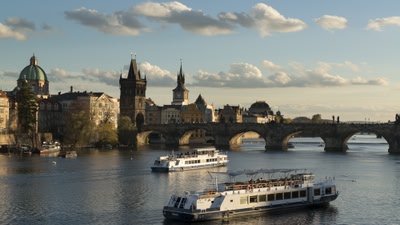Czechia holidays
The medieval spires of Prague have long been a favourite among budget-loving travellers. But follow the path less trodden and holidays to Czechia (commonly known as the Czech Republic) have secrets to reveal. Take in the storybook landscapes of Bohemia, their lofty chateaux peeping above the treeline. And explore the underground caves near Brno. But leave room for Czechia’s small pleasures, from swimming in natural pools to sipping the perfect glass of pilsner.
Top destinations in Czechia
Czechia: fast facts
Language
Czech
Currency
Czech koruna (Kč)
Time Zone
UTC+1 (CET) and UTC+2 (CEST)
Czechia holiday highlights
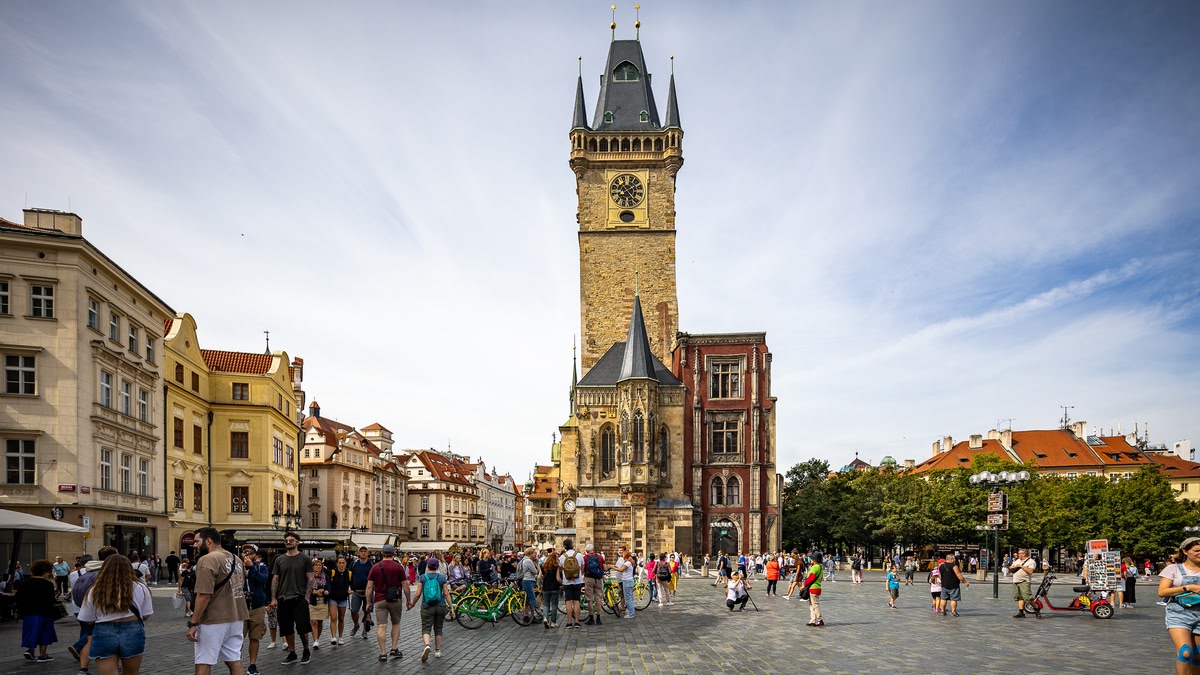
Fairy-tale castles
Prague Castle is the world’s largest castle complex, with the Old Royal Palace, Cathedral of Saint Vitus and iconic Golden Lane all open to the public. Come nightfall, its illuminated facade dominates the skyline — head to Charles Bridge to see it in all its glory. If you’ve got extra time, visit Hluboká Castle in South Bohemia, whose Tudor design was inspired by England’s Windsor Castle.
Scenic national parks
The Prachov Rocks are one of the most unique things to see in Czechia. Located within the UNESCO Geopark Bohemian Paradise, these sandstone rock formations rise dramatically from the forest floor. The reserve is spread across over 180 square kilometres and can be admired from a variety of viewpoints connected by hiking trails — the shortest being about 1.5 kilometres long.
Big-time beer scene
Czechia consumes more beer per capita than any other country. The Pilsner Urquell brewery in Pilsen put Czechia on the map in 1842 and is an essential stop for beer buffs. The town’s Sun in a Glass Festival brings together microbreweries from across the globe, while the Krkonoše Beer Trail takes in the mountains of North Bohemia with several brewery stops.
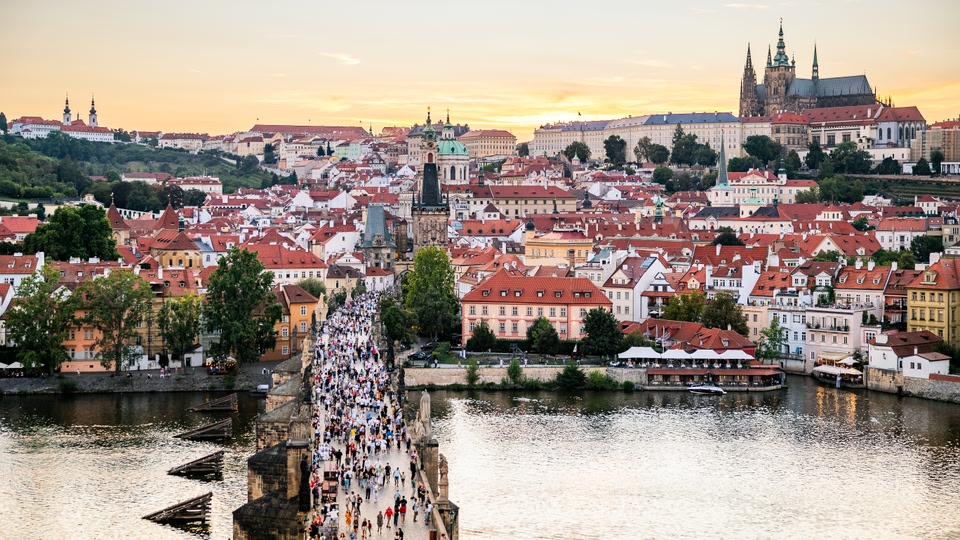

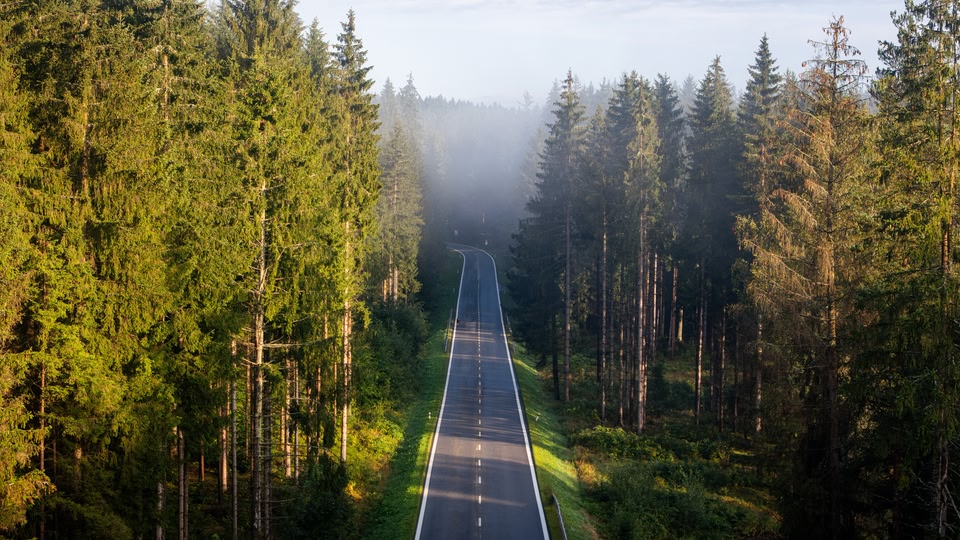
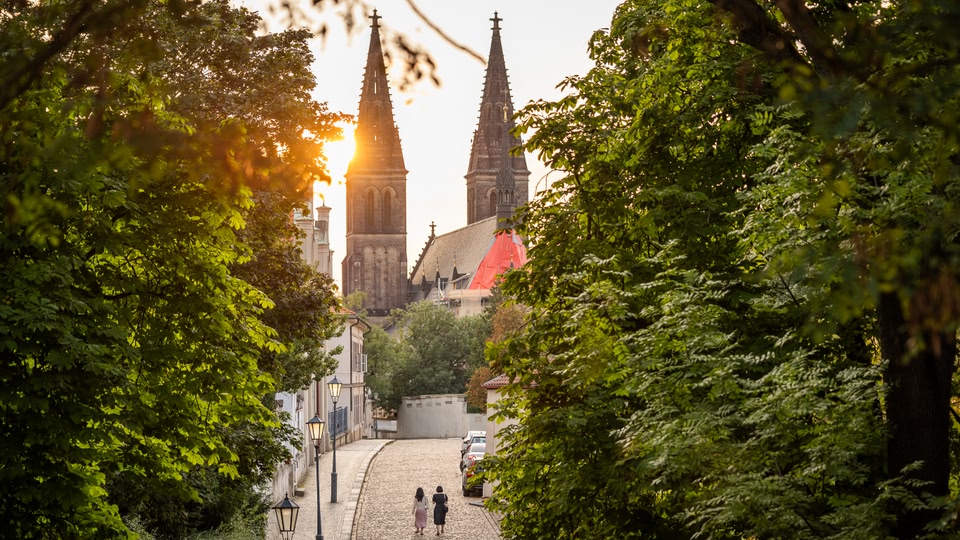


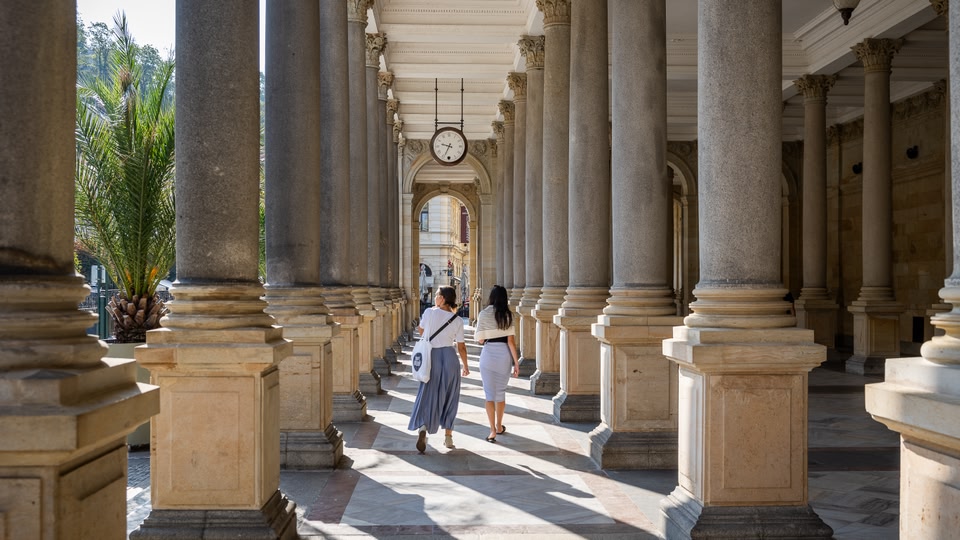
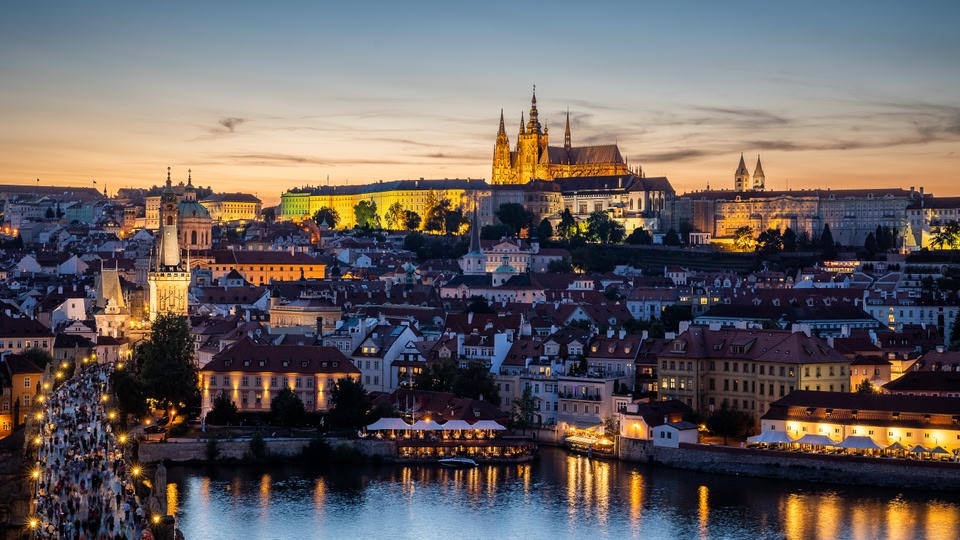
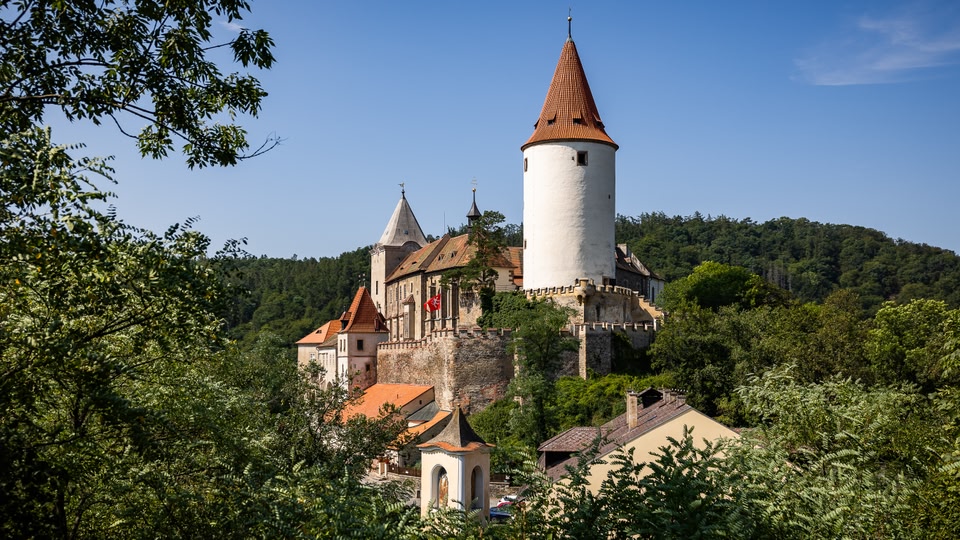
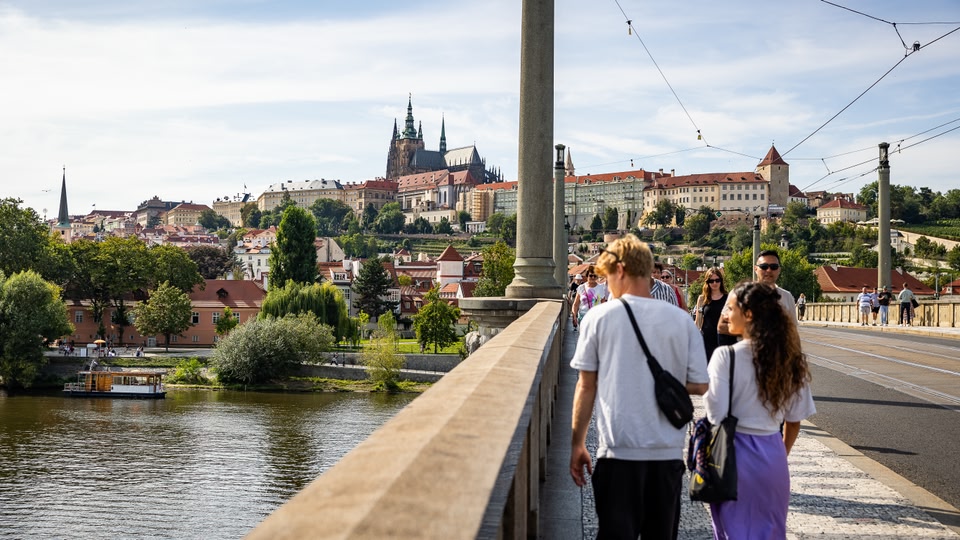
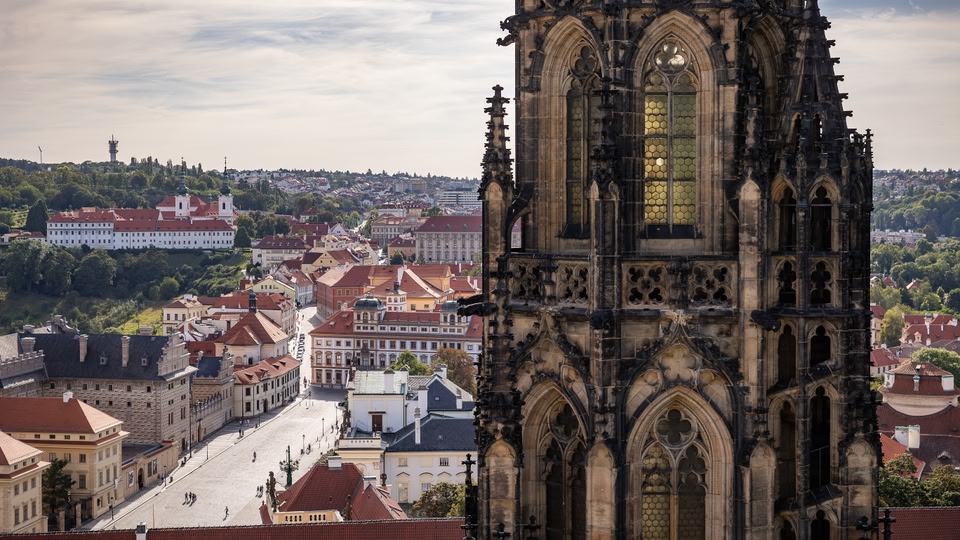
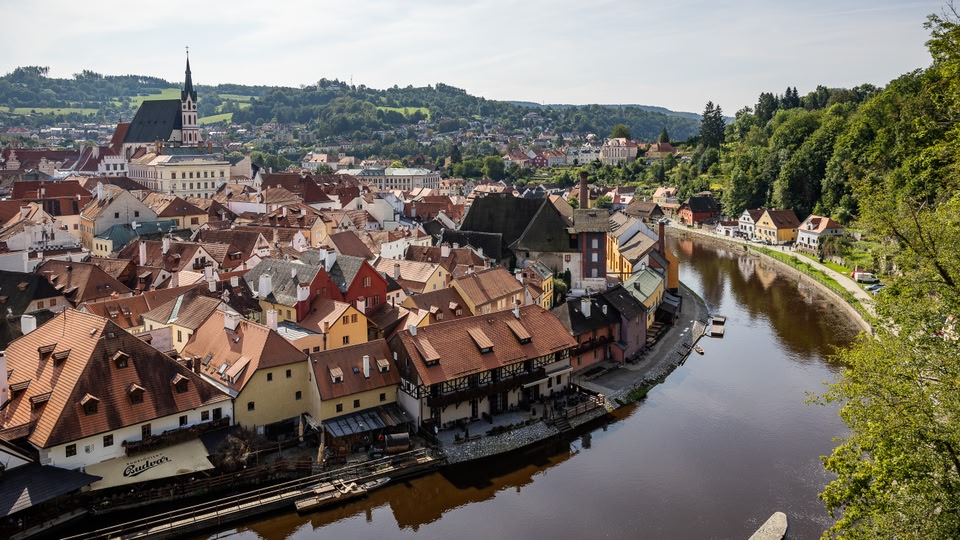
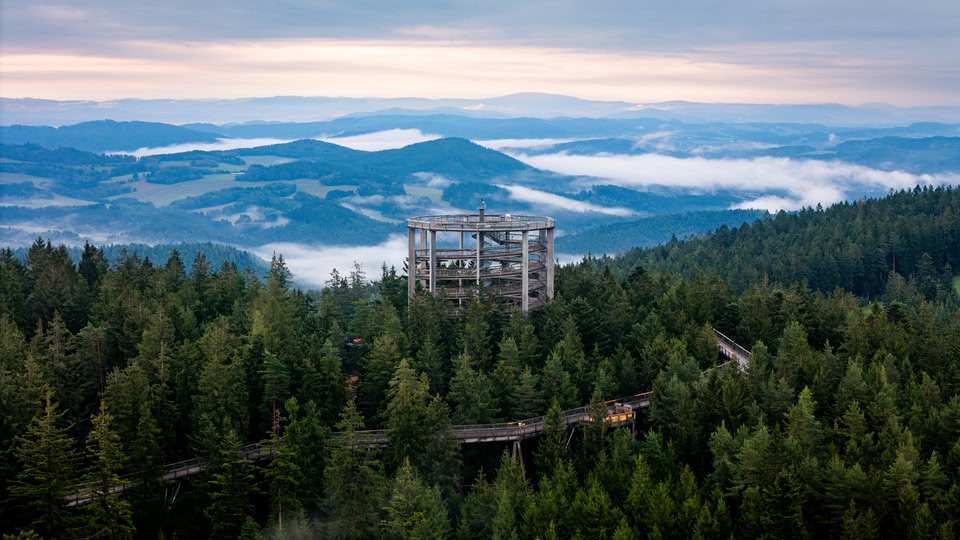
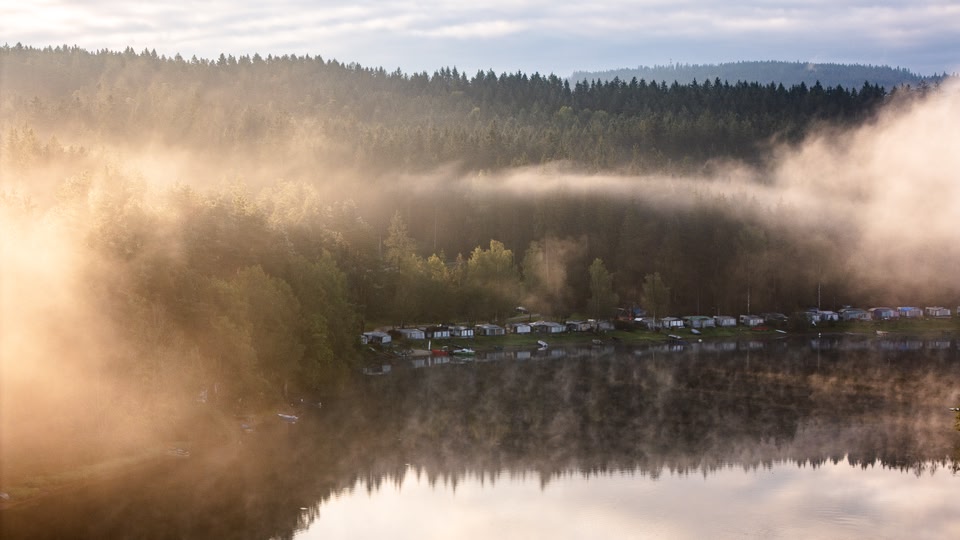
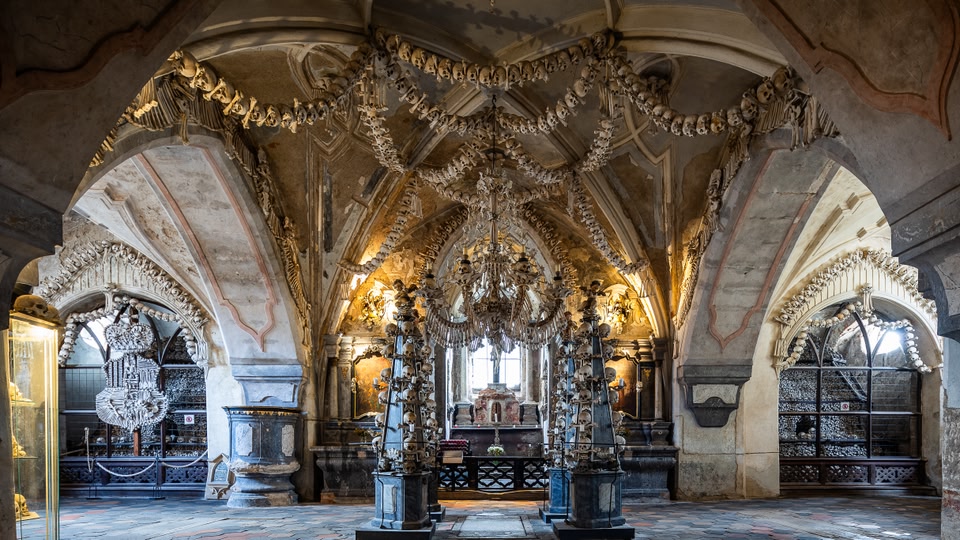
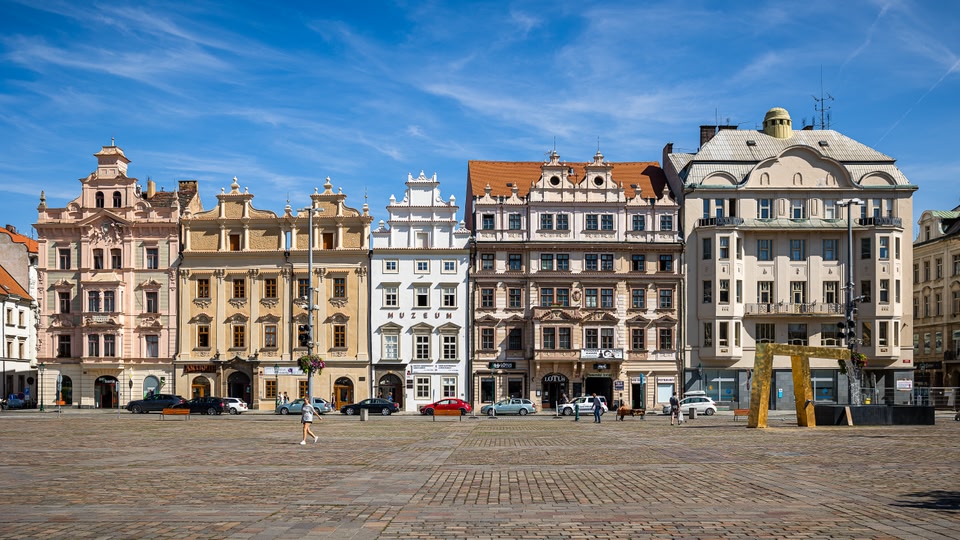
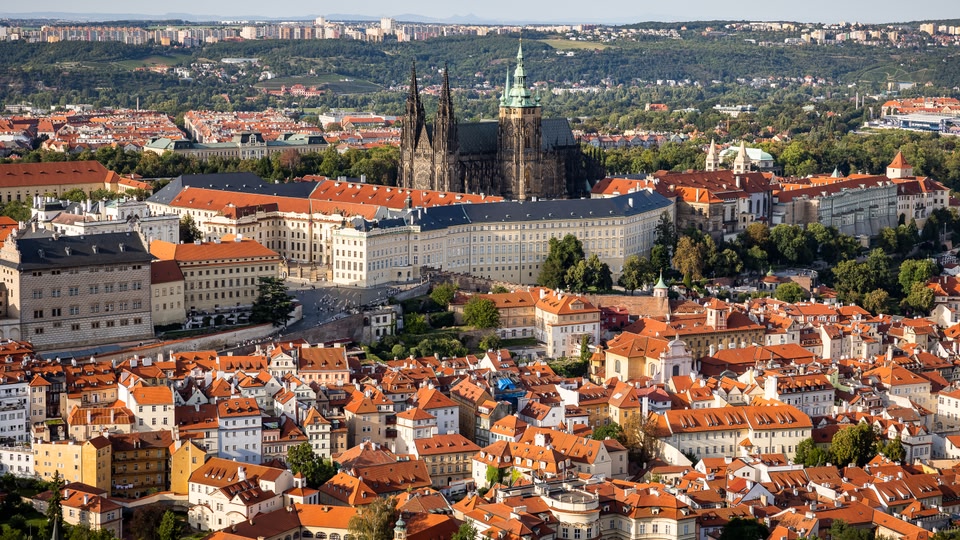

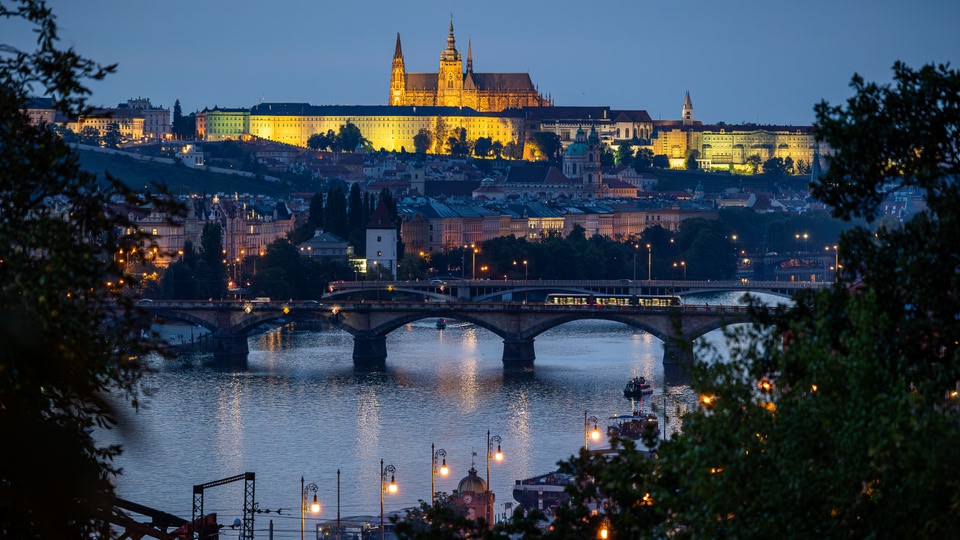
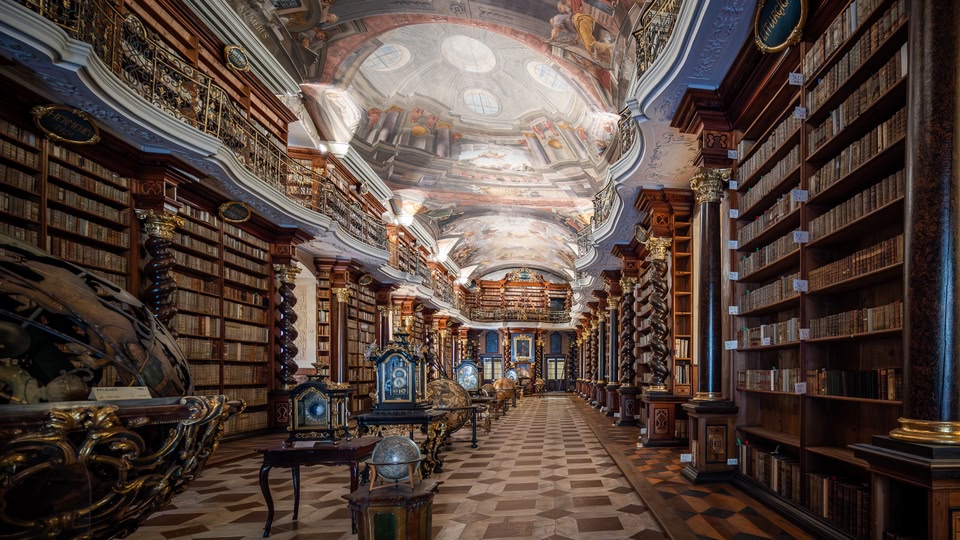
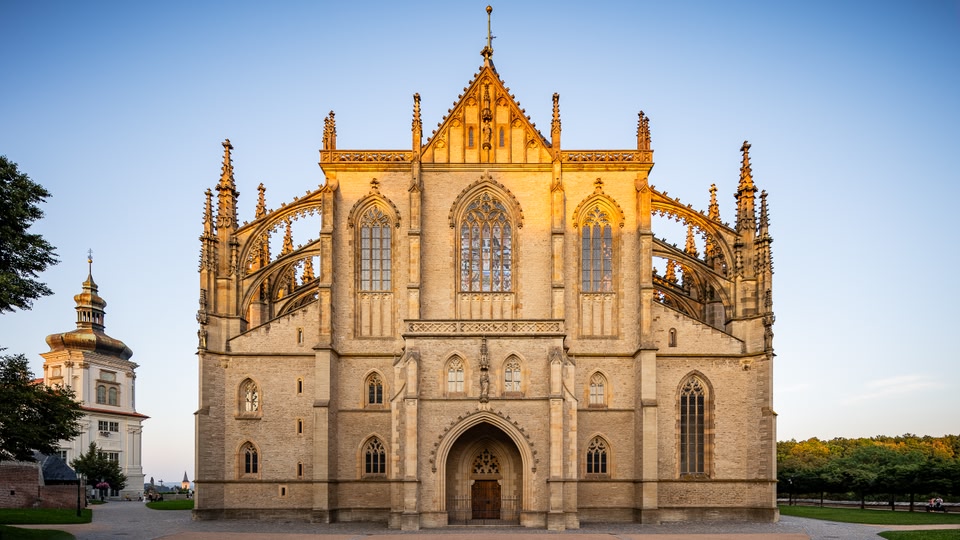
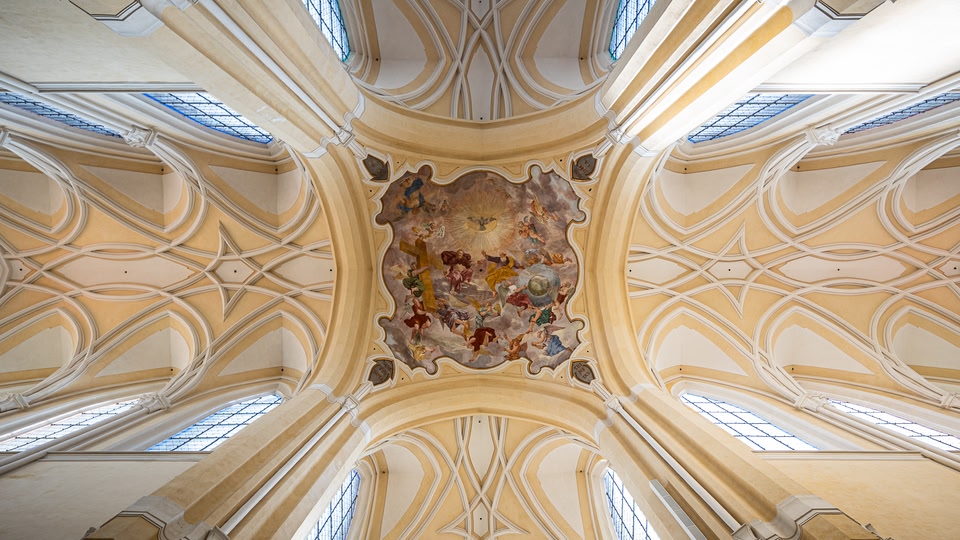
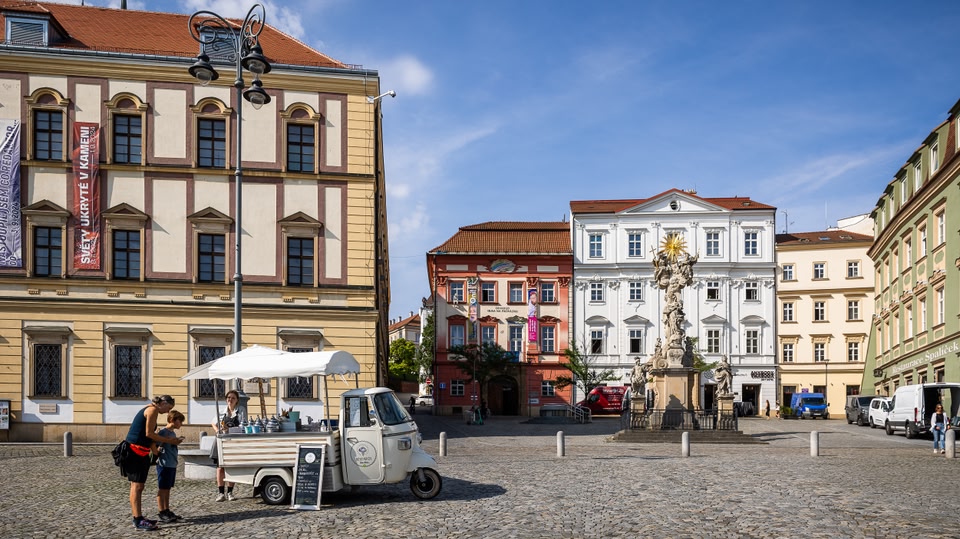
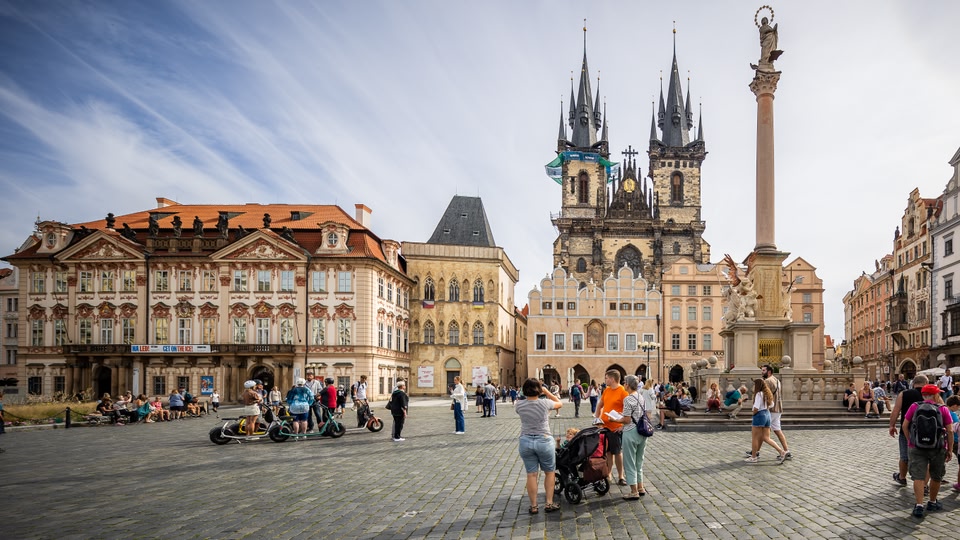
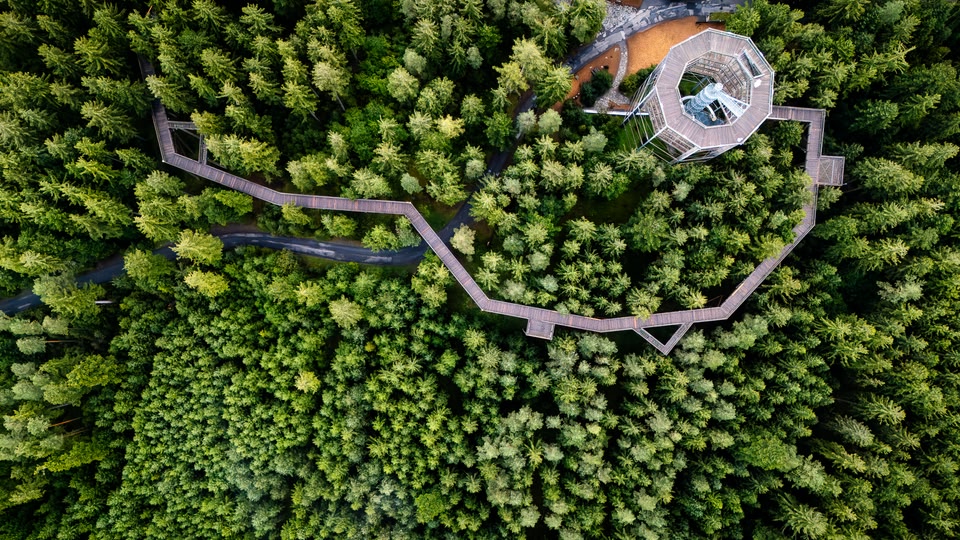
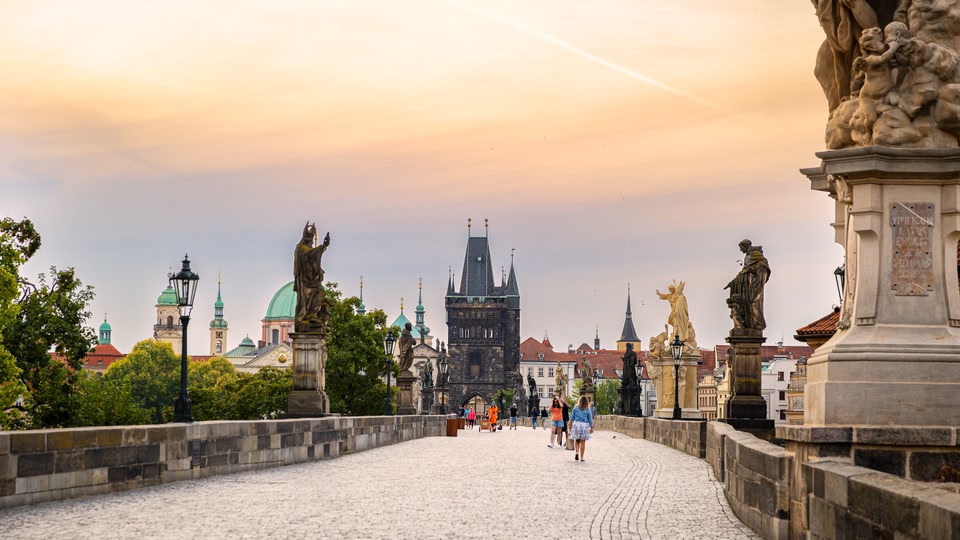
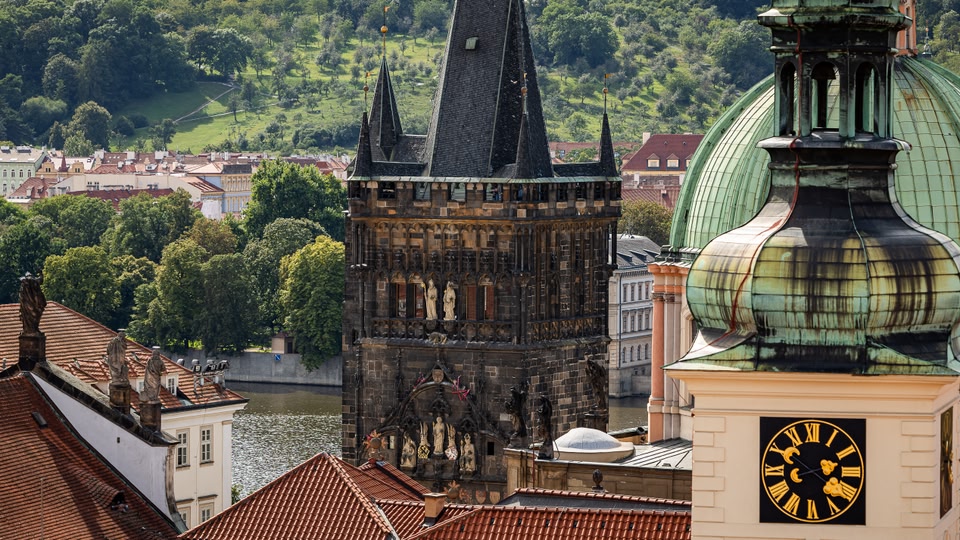
Things to do in Czechia
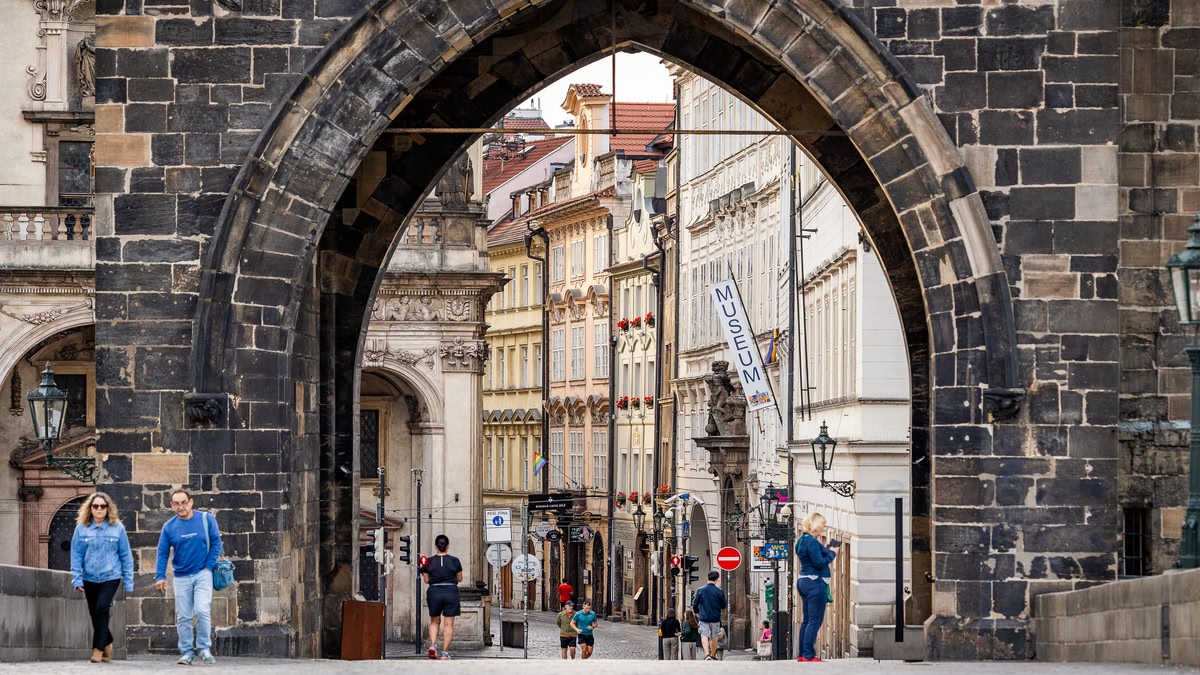
Top attractions
Czechia’s top attractions are all close to one another. Start in Prague’s medieval Old Town Square to admire its storied churches, monuments and the astronomical clock. Then cross the Charles Bridge. Spanning the Vltava River, it features twin watchtowers and 30 statues blackened by age. On the river’s left bank, Prague Castle awaits. You’ll want a whole day to explore its courtyards, cathedrals, museums and palaces.
Beaches
Yes, there are sandy beaches in Czechia, even though it’s a landlocked country. Locals flock to the lakes in summer, with Lhota Lake being less than an hour away from Prague by car. Hire a paddle board, swim in the clear blue waters and feast on the popular beach snack ‘lángos’ (savoury flatbread) at your pick of bistros.
Nature
Base yourself in the eastern city of Brno to explore the Moravian Karst cave systems. Here, you’ll admire stalactites as you sail by boat down the Punkva, Czechia’s longest underground river. The acoustics in the Catherine Cave are so good that concerts are regularly held within its dome. Book well in advance to secure your spot.
Culture and museums
The National Gallery in Prague is one of the most important museums in Czechia, housing works from international superstars like Picasso and Van Gogh. Czech artist Alphonse Mucha is credited with kick-starting the Art Nouveau movement — see his collection at Prague’s Mucha Museum. Sculptor David Černý’s barcode-faced babies are an unconventional sight as they crawl up and down the capital’s TV tower.
Cuisine
Many restaurants in Czechia specialise in hearty fare like ‘svíčková’, a traditional dish made of beef tenderloin, creamy veggie sauce and bread dumplings. Other popular dishes include goulash and ‘pečená kachna’ (Bohemian roast duck), while ‘jahodové knedlíky’ are dessert dumplings filled with all kinds of seasonal fruits. Wash it all down with a cold glass of golden pilsner.
Family friendly
See seals and elephants alongside rare species like giant salamanders and Przewalski’s horses at Prague Zoo. Loučeň Castle is one of Czechia’s most family-friendly chateaux, with a children’s tour, plus labyrinths and mazes filling its wooded park. Parents and kids alike will love Centrum Babylon in Liberec, an indoor resort complex of theme parks and science museums.
Find the best time to visit Czechia
Weather in Czechia
March – May: Spring starts off cold — you may even see some snow as late as April. But temperatures begin to tick up in May, along with the scent of blossoming flowers. Expect some light rain.
June – August: Summers are warm in the cities and towns, with average highs in the mid-20s°C. The mountainous regions are much cooler. Be prepared for afternoon downpours.
September – November: Autumn weather ranges from warm September days to frosty November nights. But the foliage is beautiful this time of year, as much of the country turns golden.
December – February: It often drops below freezing in winter, so bundle up. Some tourist attractions reduce their operating hours , but the ski resorts are in full swing.
Events in Czechia
St Matthew’s Fair (February to April): Known locally as ‘Matějská Pouť’, Prague’s spring fair claims to be the oldest in Europe. Today, it’s celebrated with rollercoasters, carousels and food stalls selling treats like Czech gingerbread.
Karlovy Vary International Film Festival (July): Join the stars for the most prestigious film festival in Central and Eastern Europe. Along with the 200 films screened each year, enjoy a programme of events that includes meetings and interviews with filmmakers, concerts, competitions and even yoga.
Wine festivals (September): Czechia may be known for its beer, but it also has an excellent winemaking tradition. In September, festivals pop up all over South Moravia and Bohemia. Catch the festivities in Mikulov, Znojmo or Mělník to sample the goods.
Know before you go
Getting around Czechia
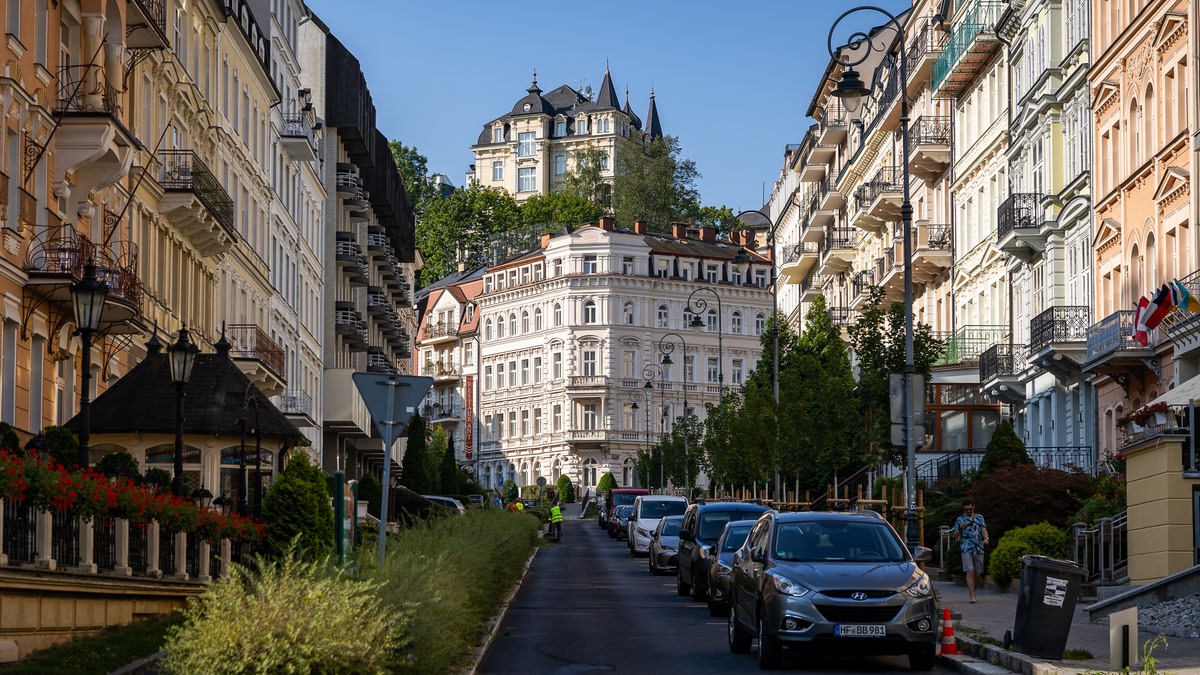
Public transportation
Buses: Buses and trams are a popular way to get around cities. RegioJet and FlixBus are affordable operators that can take you between most major cities, larger towns and key tourist destinations.
Trains: Czechia has an excellent rail network. České dráhy is the major rail operator here. Hop on an ‘osobní’ (regional) train for short trips. Or catch a spěšný (regional fast) train to skip smaller stations. Need to travel express between cities or regions? You’ll want to catch the ‘rychlík’ (fast) train. Most stations are wheelchair accessible, and you can request a platform to get on and off the train.
Domestic flights
It’s very rare to fly domestically in Czechia. Train trips between most major cities are affordable and take just a few hours. And buses can usually fill in any gaps.
Driving
If you want to explore more remote regions of Czechia, hiring a car is your best option. Be aware that some roads are in poor condition. Czech motorways are labelled with a ‘D’ and extend outwards from Prague. Before you set off, buy an electronic ‘vignette’ (permit) either online or from self-service kiosks to use the country’s roads. And make sure your car is fitted with winter tyres from November to March.
